Ishëm Castle
A castle in Ishëm, Durrës County. It is located on a hill above the river Ishëm. It was built from 1572 to 1574 by Ottomans to stop the peasant rebellions The Albanian painter Ibrahim Kodra was buried in front of it.
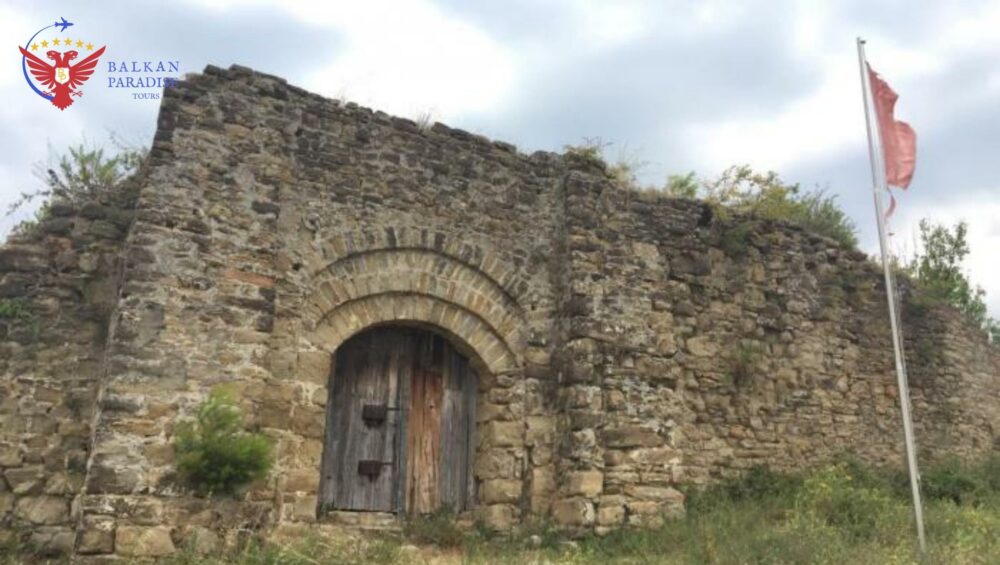
A castle in Ishëm, Durrës County. It is located on a hill above the river Ishëm. It was built from 1572 to 1574 by Ottomans to stop the peasant rebellions The Albanian painter Ibrahim Kodra was buried in front of it.
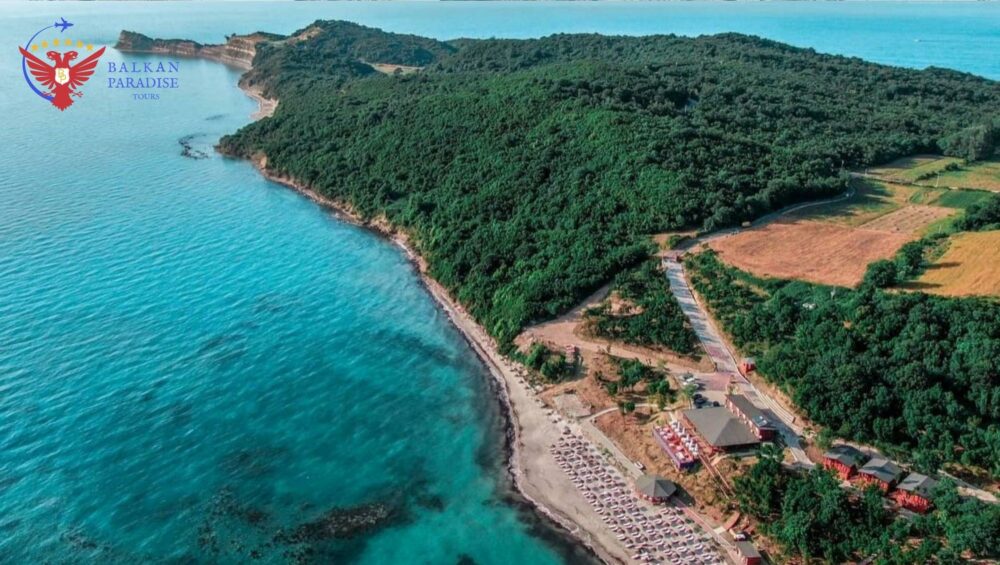
or Cape of Skanderbeg is a rocky cape on the Adriatic Sea north of Durrës. On the Cape is the Rodoni Castle, built by Skanderbeg in 1463.and a Saint Anthony Church. Further south in the bay between the cape and Rrushkull Reserve there exist several beach resorts are under construction .
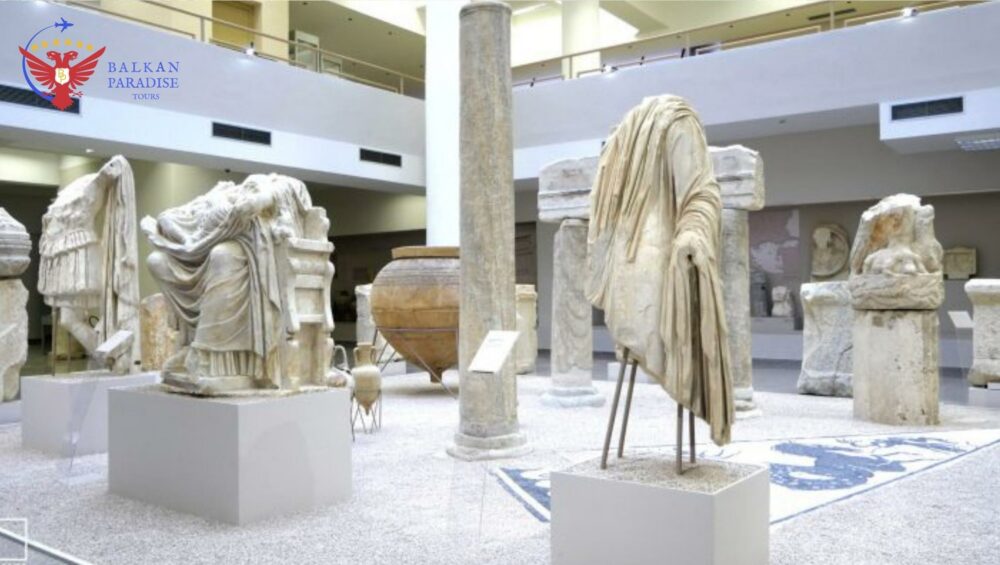
The largest archaeological museum in the country, established in 1951. The museum is located near the beach.
The bulk of the museum consists of 3204 artifacts found in the nearby ancient site of Dyrrhachium and includes an extensive collection from the Ancient Greek, Hellenistic and Roman periods. Items of major note include Roman funeral steles and stone sarcophagi and a collection of miniature busts of Venus, testament to the time when Durrës was a centre of worship of the goddess.
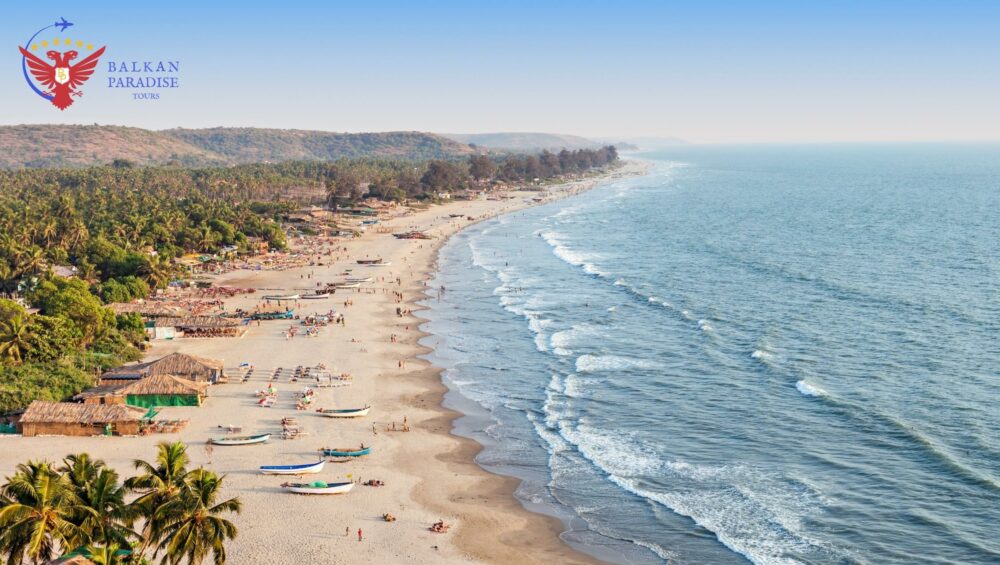
The biggest and most visited beach in Albania. It lines the seafront of the city of Durrës and is about 10.5 kilometres long. A number of notable Hotels overlook the beach. This destination is popular with people from Albania, Kosovo and North Macedonia.
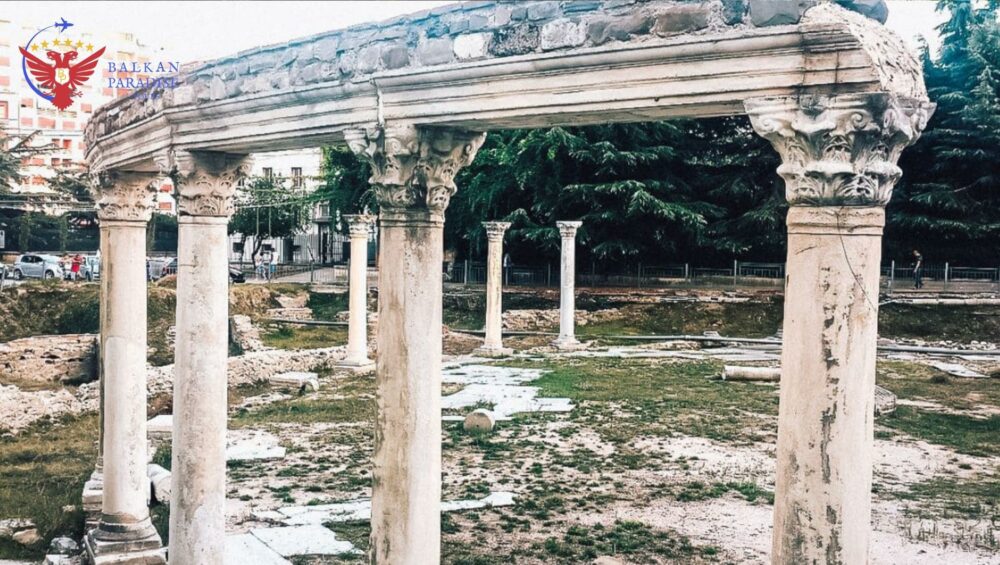
It stands out as one of the most beautiful monuments of the late Roman and early Byzantine periods. Thanks to the structures of this vast complex, it bears a special resemblance to the Round Market in Constantinople.
Decorated with columns and large marble slabs, its architectural appearance proves the function of an open market square. It is clear that the circular area which extends with a length of 40 m within a colonnade in the center constituted a space used more for formal activities. This market was not designed simply for trading and therefore it is also known as the Byzantine Forum.
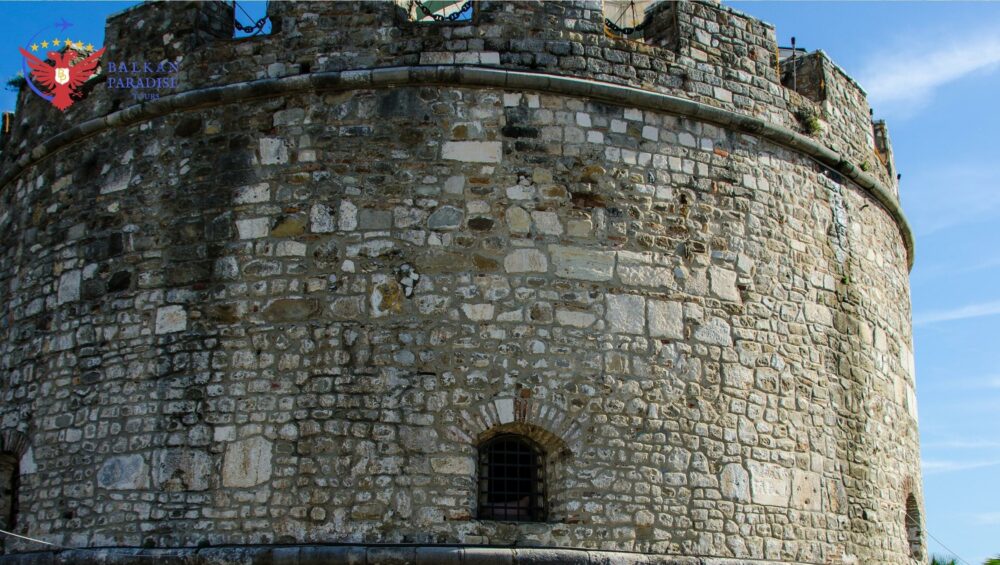
The fortified old city of Durrës. It is enclosed by city walls built in the late 5th century, and repaired and reinforced in the middle Ages and early modern periods.
The castle was built by the Byzantine Emperor Anastasias, who came from Durrës. At the time, Anastasias made the city one of the most fortified cities on the Adriatic. The ancient walls were devastated in an earthquake in 1273, and had to be extensively repaired.
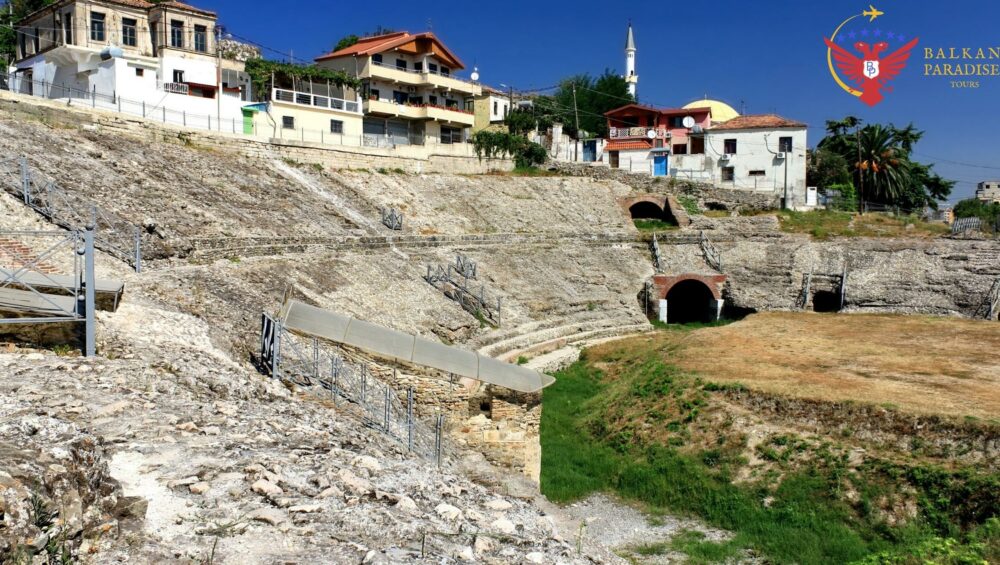
A Roman amphitheater in the center of the city of Durres. Its construction began under the emperor Trajan in the 2nd century AD and it was destroyed twice by earthquakes in the 6th and 10th centuries. It is the largest amphitheater ever built in the Balkan with once having a capacity of 20,000 people
The amphitheater is included on the tentative list of Albania for inscribing it as a UNESCO World Heritage Site. It was discovered in late 1966 and has become a popular tourist attraction..
The amphitheater has an elliptical shape, built on a slope of the hill, and inside the amphitheater there are staircases and galleries at different levels